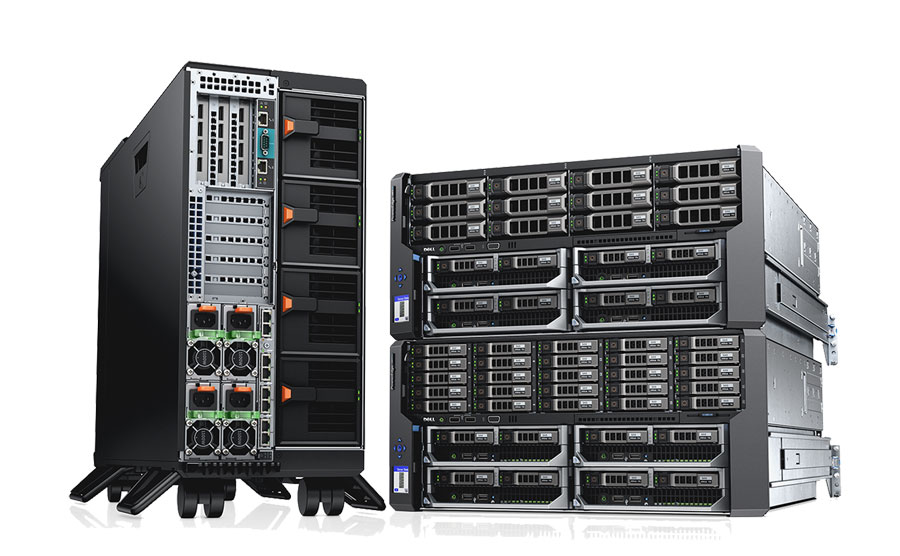Servers can provide a wide range of services, such as web hosting, email hosting, file storage, database management, and more. They are often used in businesses, organizations, and institutions to manage and store data, and to provide access to shared resources.
Servers can be classified into different types based on their intended use, such as file servers, print servers, application servers, web servers, database servers, and email servers. They can also be classified based on their physical form factor, such as rack-mounted servers, tower servers, blade servers, and micro servers.



